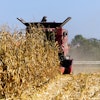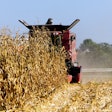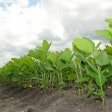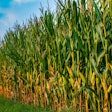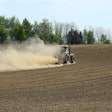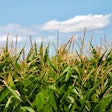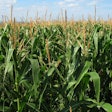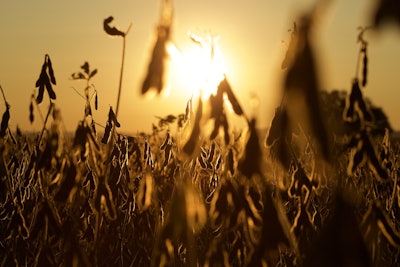
U.S. soybean yields reach record high of 53.5 bushels per acre in 2025, though overall production falls 2 percent due to reduced acreage, according to the Crop Production report released Thursday by the U.S. Department of Agriculture's National Agricultural Statistics Service.
The September forecast shows corn farmers planted 98.7 million acres this year, the highest since 1936, with 90.0 million acres expected to be harvested for grain. If realized, the harvested area would be the highest since 1933.
The national corn yield is projected at a record 186.7 bushels per acre, down 2.1 bushels from last month's forecast but still 7.4 bushels above last year's final yield. Record high yields are expected in ten states, including major producers Illinois, Indiana, Iowa and Minnesota.
Soybean production is forecast at 4.30 billion bushels, down 2 percent from 2024 despite a record national yield projection of 53.5 bushels per acre, which is 2.8 bushels above last year. The decline in overall production stems from a 7 percent reduction in harvested area, with 80.3 million acres expected to be harvested compared to 86.1 million last year.
Cotton production continues to decline, with all cotton production forecast at 13.2 million 480-pound bales, down 8 percent from 2024. Upland cotton production is projected at 12.9 million bales, while American Pima production is expected to reach 309,000 bales, down 34 percent from last year.
Other crops showing significant changes include rice, with production forecast at 208.8 million hundredweight, down 6 percent from last year, and peanuts with production expected to reach 7.40 billion pounds, up 15 percent from 2024.
As of August 31, USDA rated 69 percent of the corn crop and 65 percent of soybeans in good to excellent condition, compared to 65 percent for both crops at the same time last year.
